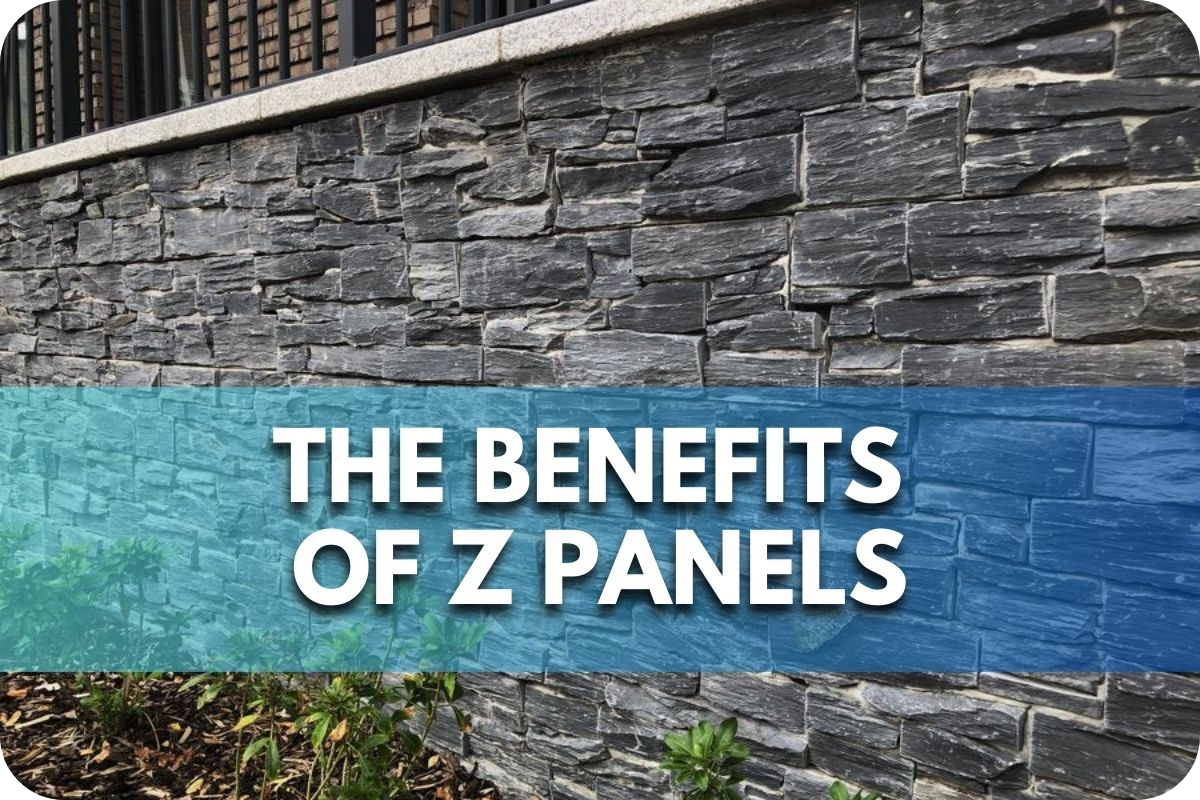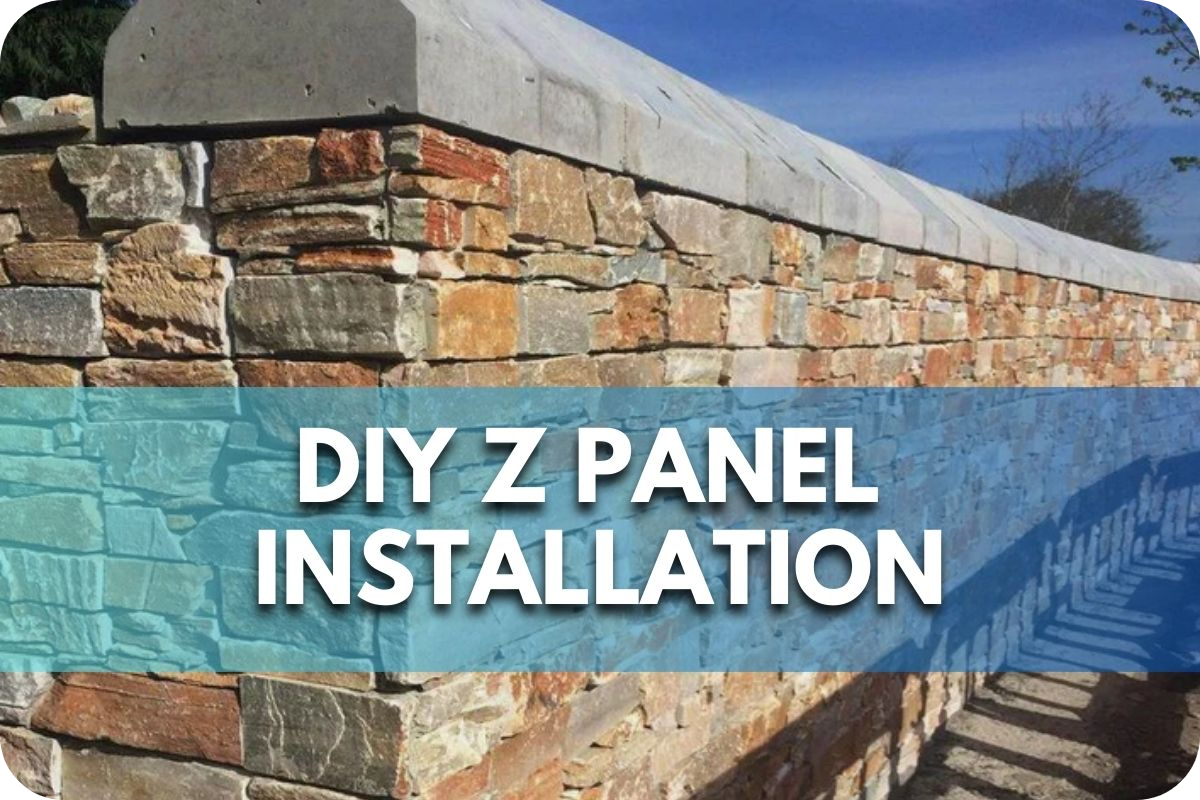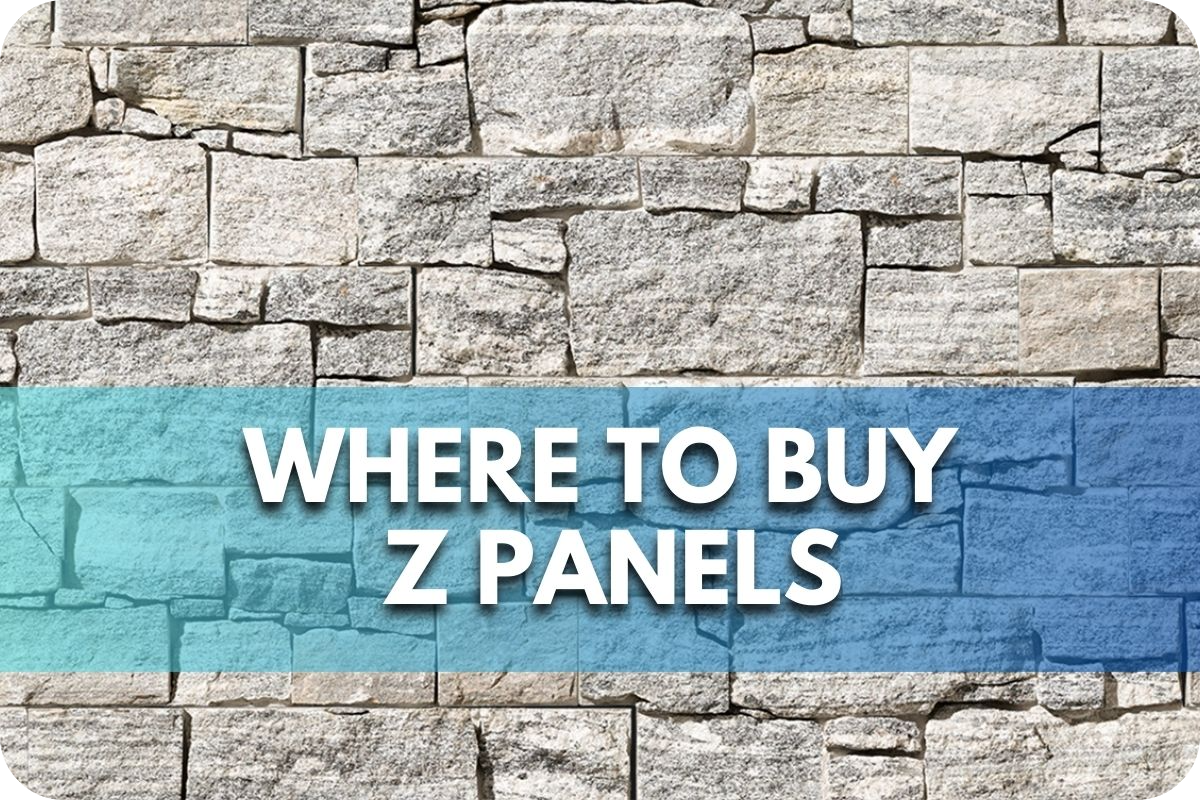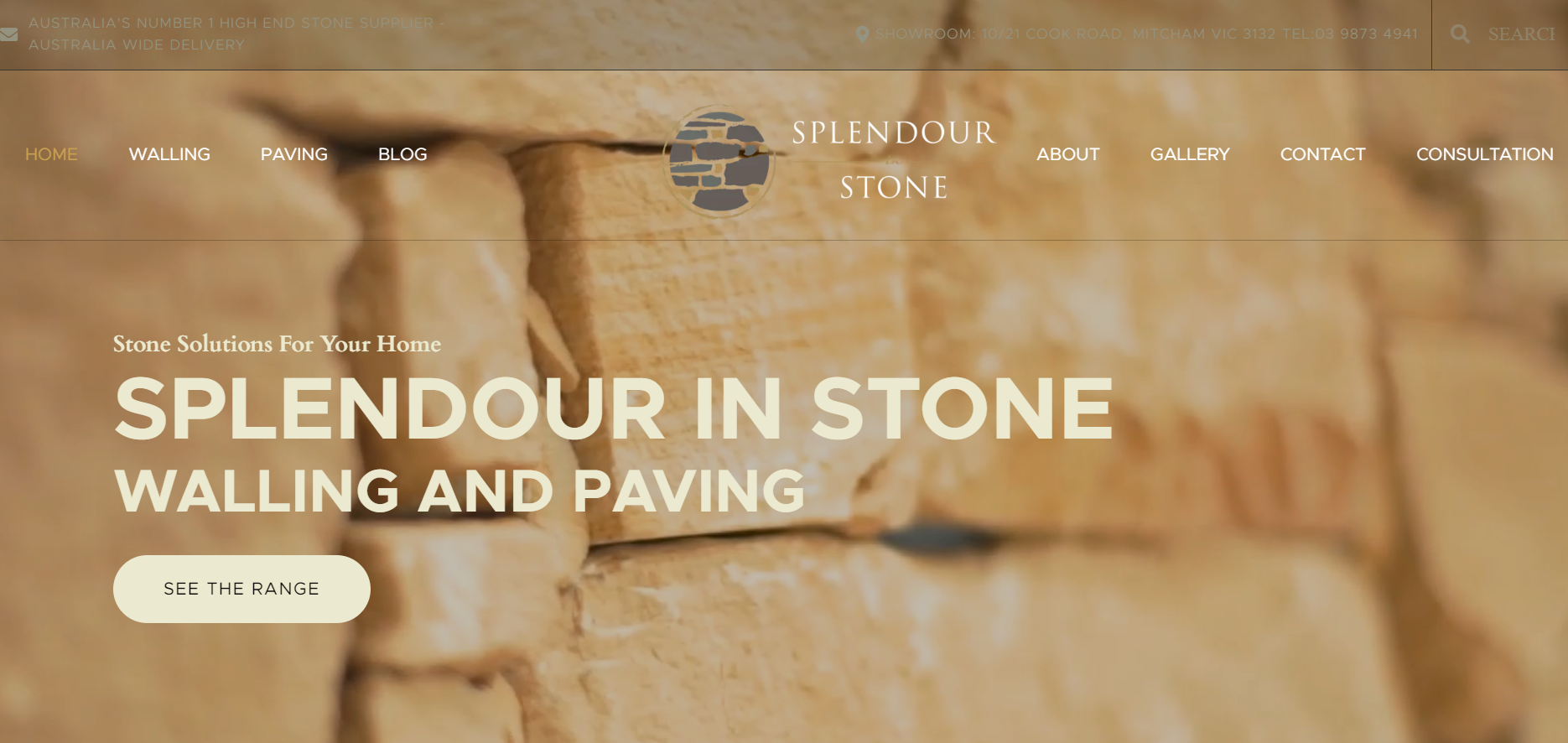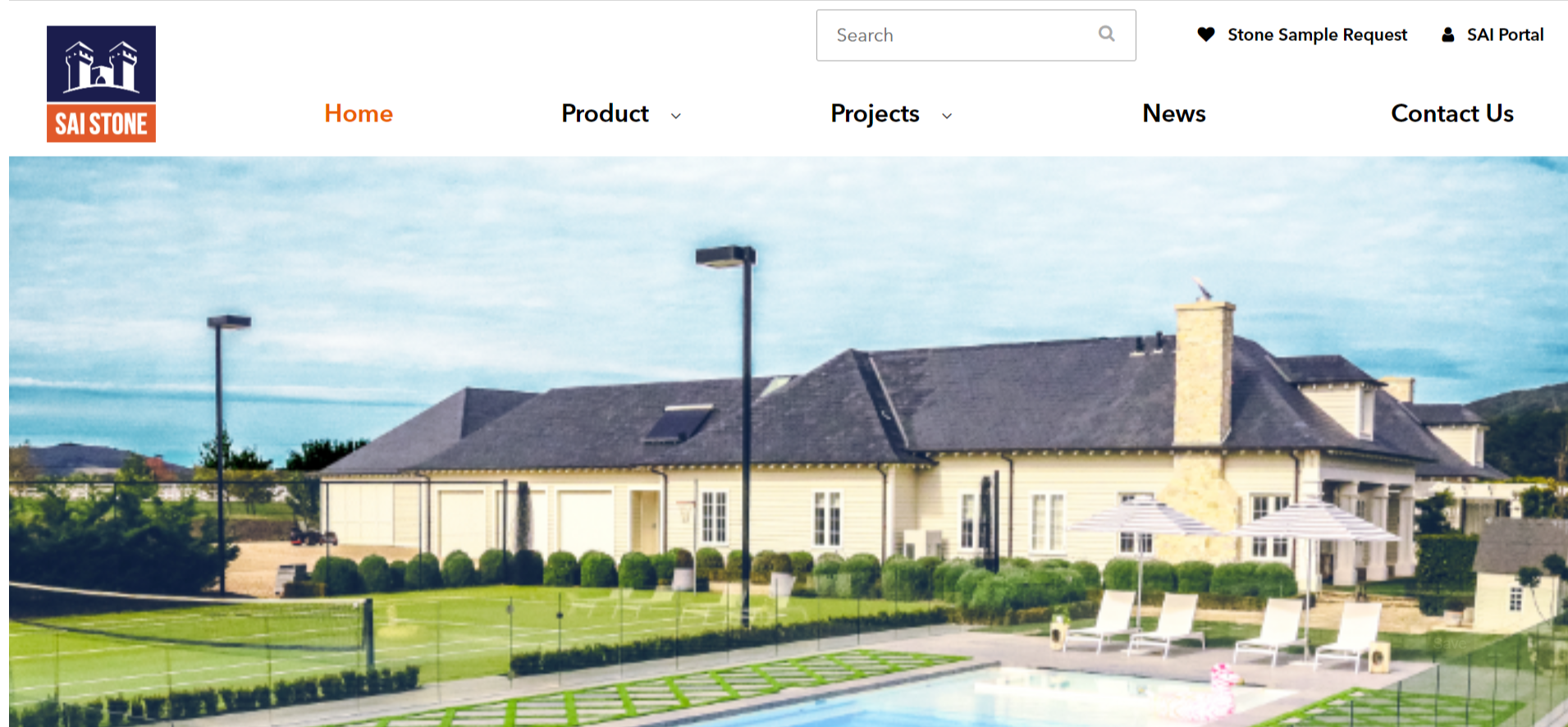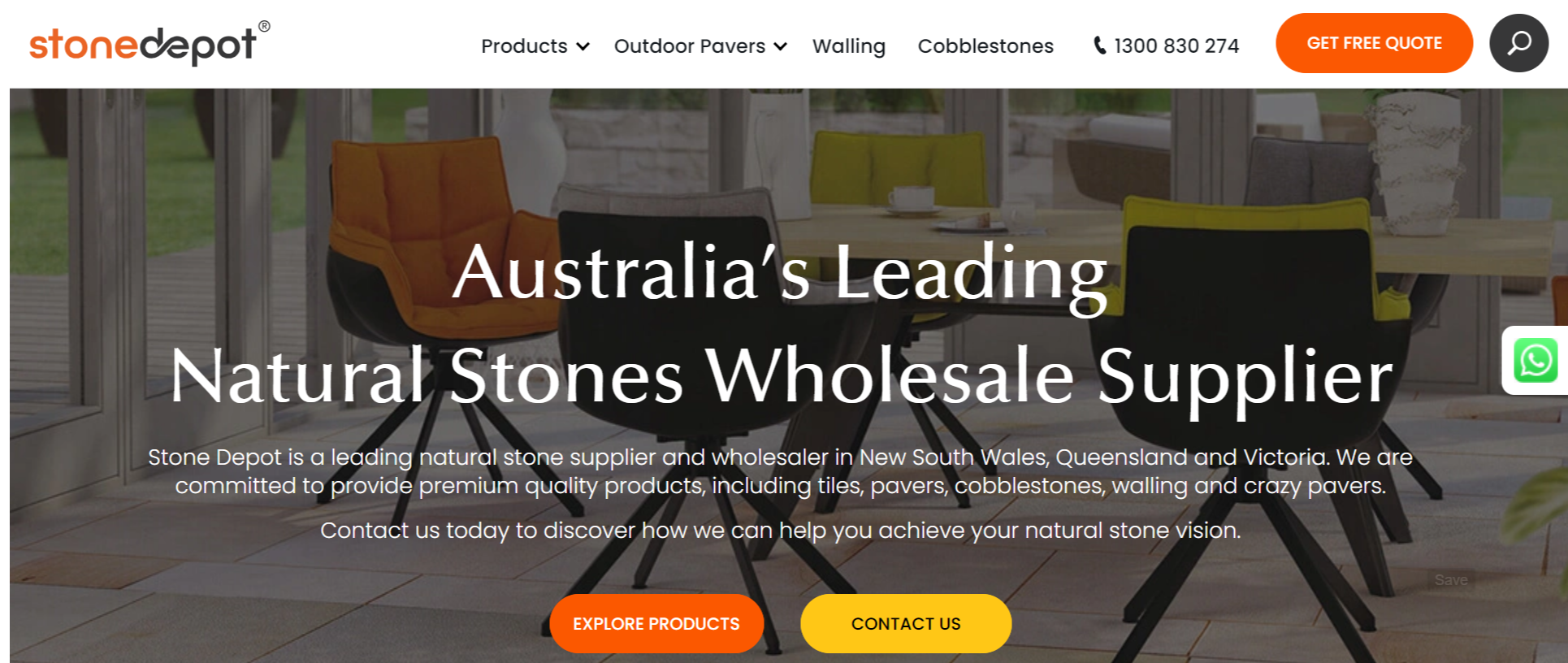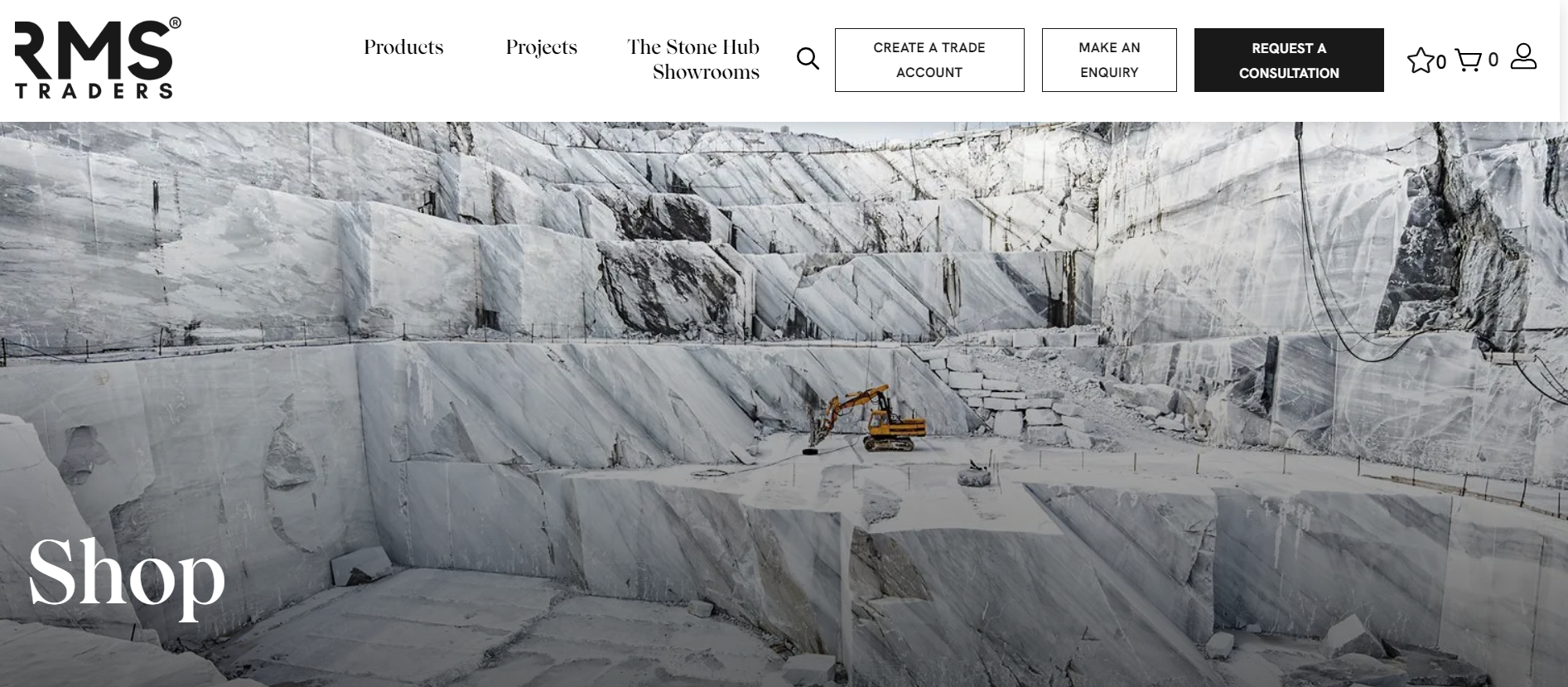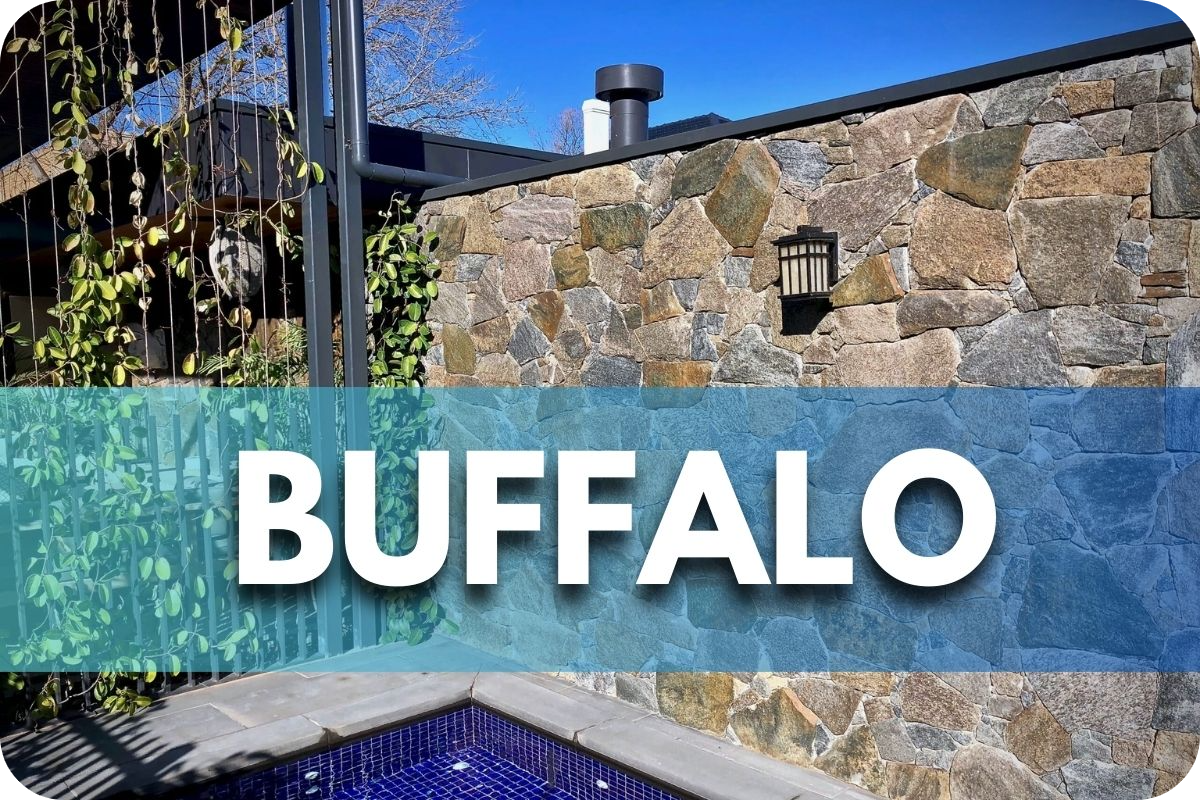The Benefits of Z Panels
Skyrocketing energy bills, unpredictable weather, and fading exterior materials can leave your home looking tired and inefficient.
It’s frustrating to pour money into home improvements only to face repairs and replacements. What if there was a better way to combine durability, style, and energy savings?
Z Panels offer a game-changing solution. Known for their sleek design and practicality, they bring lasting value to your property. In this article, we’ll explore why Z Panels are the ultimate choice for modern homes—covering durability, energy efficiency, and more!
1. Versatility
Z Panels stand out for their remarkable versatility, offering limitless possibilities in architectural design. These panels seamlessly adapt to various applications, making them suitable for both interior and exterior use.
Whether you’re aiming for striking facades, stylish accent walls, practical partitions, or even unique ceiling designs, Z Panels deliver exceptional flexibility.
Available in an extensive range of colours, textures, and finishes, Z Panels can align with virtually any aesthetic preference. From sleek modern styles to warm rustic tones or bold and imaginative configurations, there’s a Z-panel design to bring your vision to life.
This high level of customisation allows you to harmonise Z Panels with existing design elements, creating a cohesive and polished look throughout your space.
Their adaptability makes Z Panels a favourite among architects and designers. They allow for creativity and innovation without compromising on functionality or durability, making them a cornerstone of contemporary construction.
2. Energy Efficiency
Z Panels are an excellent choice for enhancing energy efficiency in buildings, making them a smart investment for modern construction. Their design includes insulating properties that help regulate indoor temperatures, reducing the need for excessive heating or cooling.
By maintaining a stable internal environment, Z Panels contribute to lower energy consumption and, in turn, reduce utility bills.
The panels act as a barrier against external elements, minimising heat transfer and improving thermal performance. This feature is particularly beneficial in extreme climates, where efficient insulation is essential for comfort and energy savings.
By choosing Z Panels, homeowners and builders not only improve energy efficiency but also contribute to a greener future, achieving a balance between functionality, cost savings, and environmental responsibility.
3. Easy Installation
Z Panels are renowned for their simple and efficient installation process, making them an ideal choice for DIY enthusiasts and professionals alike.
The panels are designed with user convenience in mind, often featuring interlocking systems that eliminate the need for complicated mounting hardware or time-intensive procedures.
Homeowners with basic DIY experience can easily undertake installation projects with the right tools and preparation. This ease of use significantly reduces labour costs, as it eliminates the need for specialised skills or equipment.
For larger or more complex projects, professional contractors can benefit from the streamlined process, of completing jobs faster and more efficiently. Compared to traditional cladding methods like stone or brick, Z Panels save both time and effort. They allow for quicker project completion without sacrificing quality or aesthetics.
4. Durability
Z Panels combine style with unmatched durability, making them a reliable choice for both residential and commercial applications. Crafted from high-quality materials, they are engineered to endure harsh environmental conditions, including rain, snow, and strong winds.
Unlike traditional materials, Z Panels are highly resistant to moisture and impact, ensuring they maintain their appearance and structural integrity over time. This resilience makes them an excellent investment for outdoor applications where wear and tear are common challenges.
Their low-maintenance nature further enhances their value. Z Panels won’t rot, fade, or require frequent repainting, reducing long-term upkeep costs. By investing in Z Panels, you’re choosing a solution that offers enduring beauty and functionality.
Their robust construction guarantees they will retain their aesthetic appeal and performance for years, providing peace of mind and long-lasting value to homeowners.
5. Cost-Effectiveness
Z Panels provide a cost-effective solution for modern cladding needs, offering a balance of affordability, durability, and aesthetic appeal. The manufacturing process of Z Panels is less resource-intensive than traditional materials like stone or brick, resulting in lower upfront material costs.
Additionally, their easy and quick installation process minimises labour expenses. Whether installed by professionals or as a DIY project, Z Panels reduce the time and effort required, translating into significant cost savings.
These financial benefits make them a practical choice for budget-conscious homeowners and contractors alike. While the initial investment may vary compared to other materials, the long-term value of Z Panels is undeniable.
Their durability reduces the need for frequent repairs or replacements, and their energy efficiency can help lower utility bills. As a result, Z Panels represent a wise and economical investment for any project.
6. Aesthetic Appeal
Z Panels aren’t just functional—they also elevate the aesthetic appeal of any space. With their unique textures and patterns, these panels add depth and dimension to walls, ceilings, and other surfaces. They serve as a dynamic design element, transforming ordinary spaces into visually striking environments.
Available in a wide array of colours, finishes, and textures, Z Panels offer unmatched customisation options. Whether your style leans towards modern minimalism, rustic charm, or bold creativity, Z Panels can help you achieve your desired look.
Their versatility allows for the creation of custom patterns and arrangements, making it possible to craft one-of-a-kind features that stand out.
By choosing Z Panels, you’re not just adding a functional cladding solution; you’re making a design statement. Their ability to combine beauty and functionality ensures your space will leave a lasting impression.
7. Time Savings
The efficiency of Z Panels extends beyond their design to their installation process. Thanks to their user-friendly features, such as interlocking systems, Z Panels eliminate the need for complex mounting techniques or specialised skills.
This streamlined approach allows projects to be completed significantly faster than with traditional cladding methods.
For homeowners, this means less disruption to daily life and quicker results. Contractors benefit from improved project timelines, enabling them to take on more jobs and increase overall efficiency. The time saved during installation also translates into financial savings, as labour costs are reduced.
Z Panels not only accelerate project completion but also enhance overall convenience. Whether you’re a DIY enthusiast or a professional contractor, the speed and simplicity of Z Panel installation ensure a smoother, more efficient process that delivers exceptional results.
8. Sustainability
Sustainability is at the heart of Z Panels, making them an excellent choice for environmentally conscious homeowners and builders. Many Z Panels are manufactured using recycled or sustainably sourced materials, reducing their overall environmental impact.
Their durability plays a significant role in their eco-friendliness. Z Panels are built to last, meaning fewer replacements and reduced waste over time. This longevity not only benefits the environment but also saves resources and costs for homeowners.
To further enhance sustainability, many manufacturers prioritise eco-friendly production methods and offer transparency about their sourcing practices. By selecting Z Panels, you’re choosing a greener option that aligns with modern sustainability goals, ensuring that your project contributes positively to the planet.
Conclusion
Z Panels blend durability, style, and efficiency, offering unmatched versatility for any project. From stunning aesthetics to long-term savings, they’re a smart, sustainable choice.
Ready to elevate your space with Z Panels? Contact Splendour in Stone today for expert guidance and premium solutions that bring your design vision to life. Your dream project starts here!

